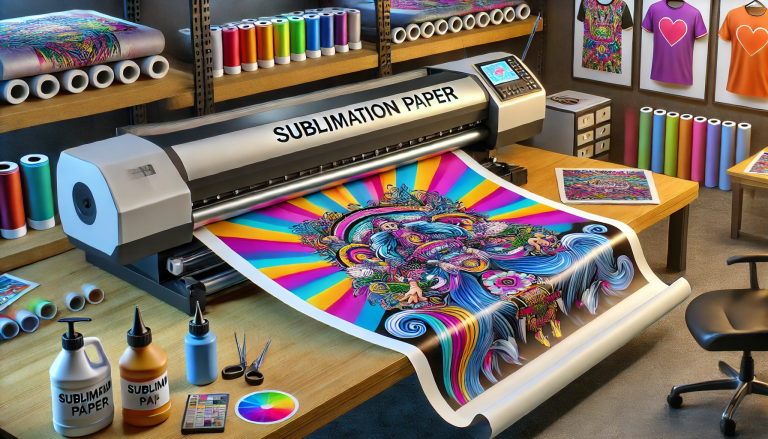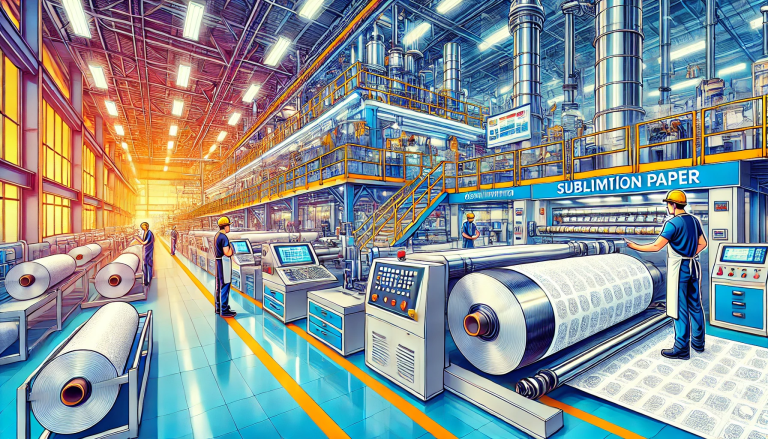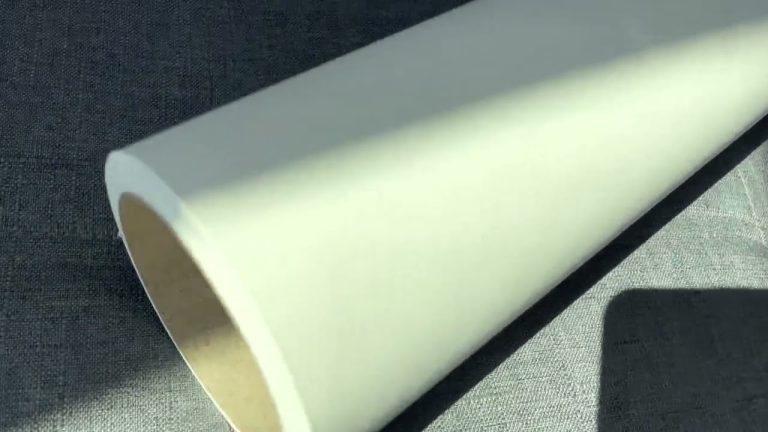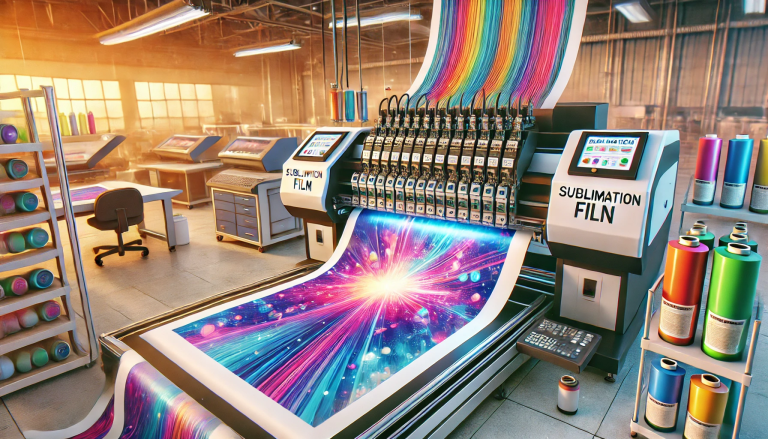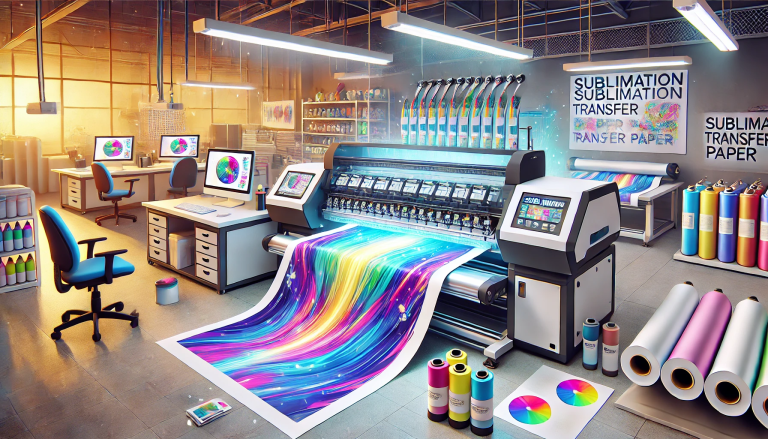Sublimation transfers are a popular method in the textile and custom merchandise industries, offering vibrant, durable designs that are embedded directly into the fabric. This process has revolutionized how custom apparel, home decor, and promotional items are created. However, one question often arises among both beginners and seasoned professionals: Are sublimation transfers reusable? This article explores the nature of sublimation transfers, their application process, the question of reusability, and their implications for sustainability and cost-efficiency in production.
Understanding Sublimation Transfers
Sublimation transfers involve a two-step process where a design is first printed onto a special transfer paper using sublimation ink and then transferred onto a substrate (typically fabric) using heat and pressure. The heat transforms the solid ink particles directly into gas, allowing them to bond with the fibers of the substrate. This results in a print that is not only vibrant and sharp but also resistant to fading and washing.
The Application Process
The application of a sublimation transfer is a precise process that requires specific materials and conditions. The substrate must be polymer-coated or a polymer-based fabric, as these materials can withstand the high temperatures needed for the ink to sublimate and bond with the material. The process also requires a heat press to provide the necessary heat and pressure. The transfer paper, with the design printed in reverse, is placed onto the substrate, and the heat press is applied. Once the ink sublimates and infuses into the substrate, the transfer paper is removed, revealing the final design.
Reusability of Sublimation Transfers
Now, to the core question: Are sublimation transfers reusable? The simple answer is no. Once a sublimation transfer has been applied, the ink on the transfer paper has been activated by the heat press and transferred onto the substrate. This leaves the transfer paper devoid of ink in the areas where the design was printed. Since the sublimation ink has been turned into a gas and infused into the substrate, there is no residual ink left on the paper that can be reused for another application.
Why Sublimation Transfers Cannot Be Reused
- Ink Transformation: During the heat press, the sublimation ink undergoes a phase change from solid to gas without becoming liquid. This one-way transformation means that the ink, once sublimated, cannot be recaptured or reused.
- Transfer Paper: After the transfer process, the paper is essentially a blank piece of special media that lacks the ink necessary for another transfer. Any attempt to reuse the paper would not result in a transfer of design.
- Quality and Precision: Even if it were theoretically possible to reuse the paper, the quality and precision of the second print would be severely compromised. The process is designed for a one-time transfer to ensure the highest quality of the final product.
Implications for Sustainability and Cost-Efficiency
The non-reusability of sublimation transfers raises questions about sustainability and cost. From a sustainability perspective, this means that each design requires a new piece of transfer paper and a corresponding amount of ink, contributing to waste. However, many suppliers of sublimation products are exploring environmentally friendly options, including recycled transfer paper and eco-friendly inks, to mitigate the environmental impact.
From a cost-efficiency standpoint, the inability to reuse transfers means that each print incurs the full cost of materials. This can be a significant consideration for businesses, especially those producing custom or small-batch items. However, the durability and quality of sublimation prints often justify the initial investment, as the final products are long-lasting and less likely to need replacement due to wear and fading.
Conclusion
Sublimation transfers offer a high-quality, durable method for creating custom textiles and items, but they are not reusable. Each transfer is a one-time application that, once completed, cannot be replicated with the same materials. While this may have implications for sustainability and cost, the benefits of vibrant, long-lasting designs often outweigh these considerations. As the industry continues to evolve, finding ways to minimize waste and improve efficiency without compromising quality will be an ongoing challenge for manufacturers and consumers alike.

